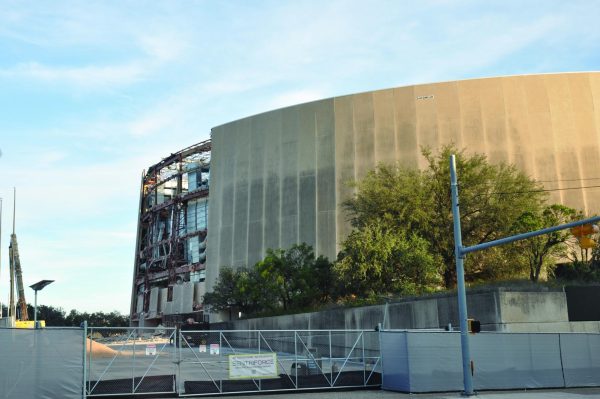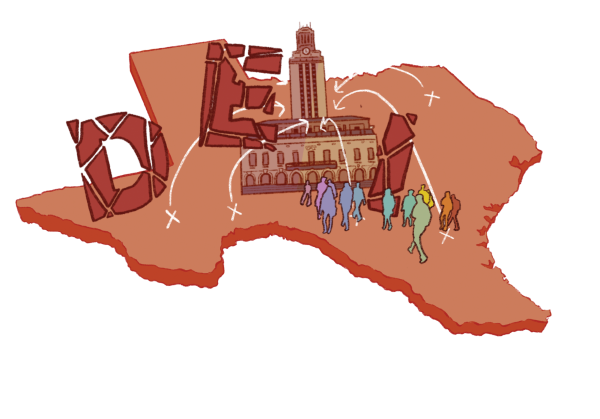Democratic Primary: Whose Going to Get It?
May 5, 2020
With less than nine months until the presidential election, there were still three candidates vying for the Democratic nomination. Since then, the field has narrowed with Joe Biden emerging as the presumptive nominee.
Before Super Tuesday on March 3, there were five candidates in the race. In contrast, the 2016 election saw a significantly smaller Democratic field with only three candidates in the primaries and only two going into the summer convention. The February South Carolina primary narrowed down the field as two moderate candidates, Pete Buttigieg, who gained momentum in Iowa and New Hampshire, and Tom Steyer, the philanthropist, dropped out of the race. Michael Bloomberg, who created a buzz with television ads, hadn’t picked up any delegates until Super Tuesday, as he was not on the ballot in the first four primaries. Following Super Tuesday, Micheal Bloomberg, Elizabeth Warren and Amy Klobuchar dropped out of the race. Since then, as Biden picked up momentum after Super Tuesday, Sanders and Gabbard also dropped out of the race.
The main controversies within the Democratic primary and party surround age and ideology. Younger voters tend to gravitate towards the self-proclaimed democratic socialist Bernie Sanders, whose main campaign promises include Medicare for All, a Green New Deal and College for All. On the other hand, polls show that older democrat voters tend to favor a more moderate Democratic candidate, in particular, Biden.
In a national Quinnipiac poll that asked voters to choose between the ideas of Sanders and Biden, those under 35 voted for Sanders 27% to 4%, however, the opposite was true when voters over the age of 65 were surveyed, with 28% for Biden to 4% for Sanders. Among the divisions in the party on ideology, age seems to be the underlying issue, not just dividing Republicans and Democrats, but also dividing young leftists from both the Republican and Democratic parties. More than ever before, the “party of young people” is divided on age rather than class or race. Democrats under 35 have no interest in Biden, the frontrunner for the nomination, while those over 65 have no interest in the younger voter’s candidate.
However, a similar wave occurred in the Republican party in the 2016 election, when it was declared broken, with nominee Donald Trump as proof. Sanders’s success was comparable to the revolution that Trump created in 2016, where class and race were no longer the only factors necessary to win, but rather the biggest base of fired-up voters supporting the candidate.
The candidates will continue to battle for delegates until one candidate reaches 1,991 delegates or the Democratic nomination is decided at the summer convention. As of now, Joe Biden is the presumptive Democratic nominee, and he hasn’t yet announced a running mate.










